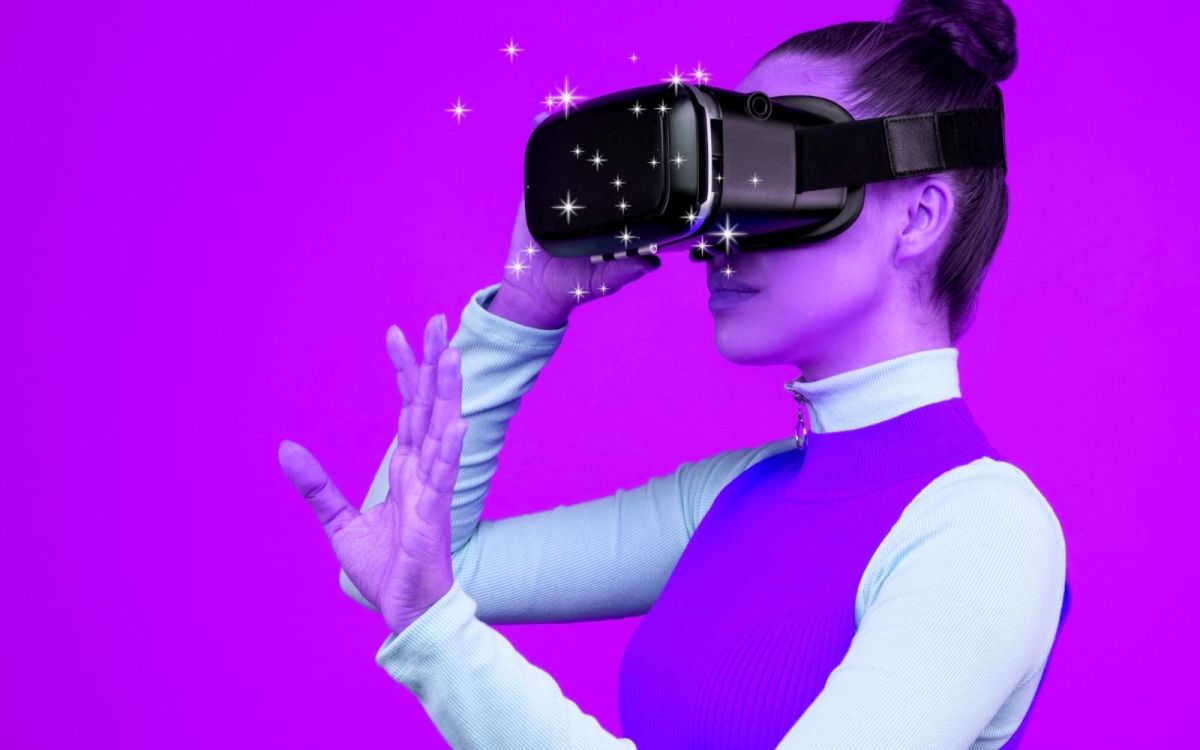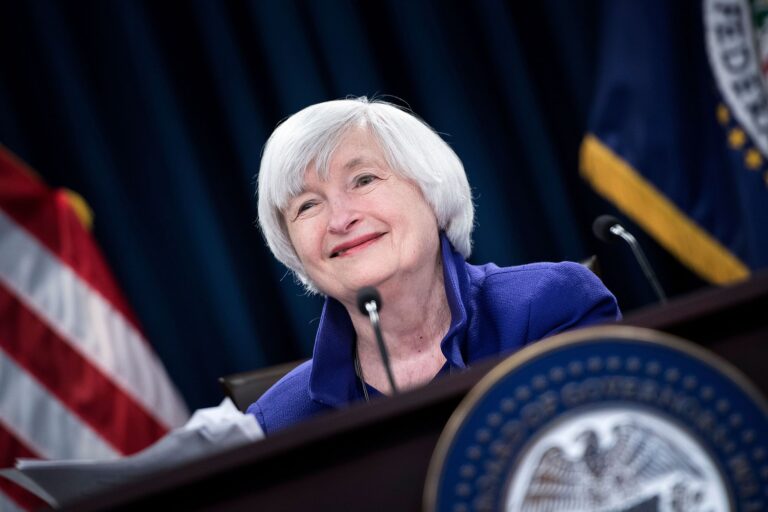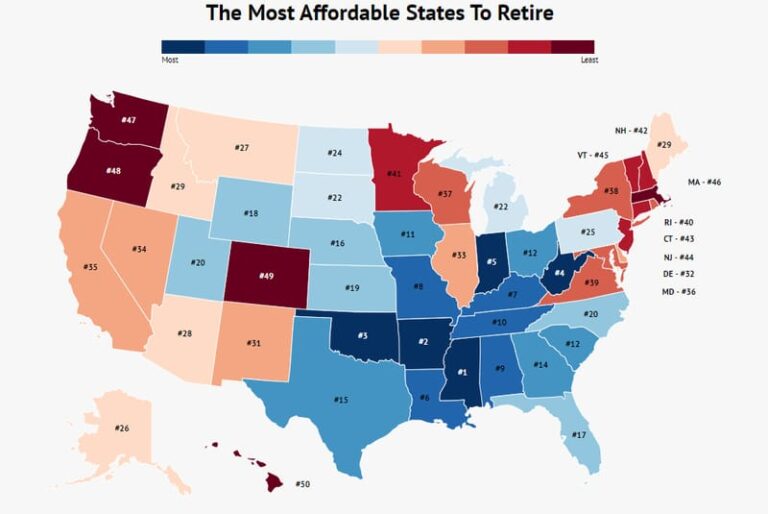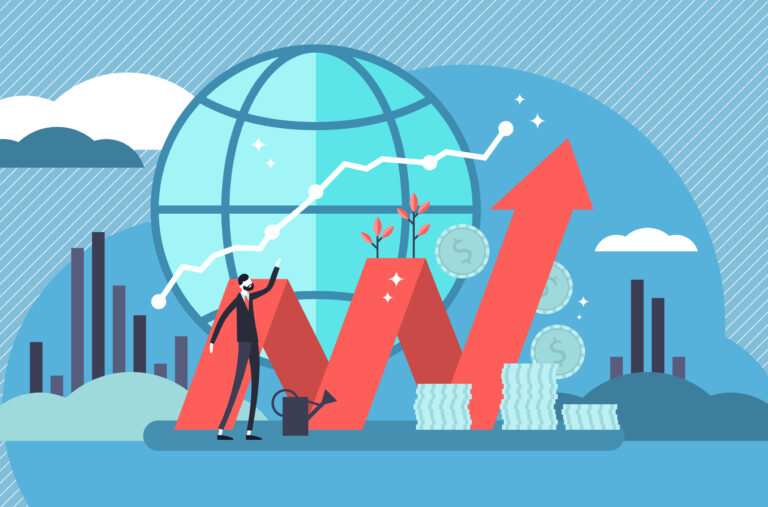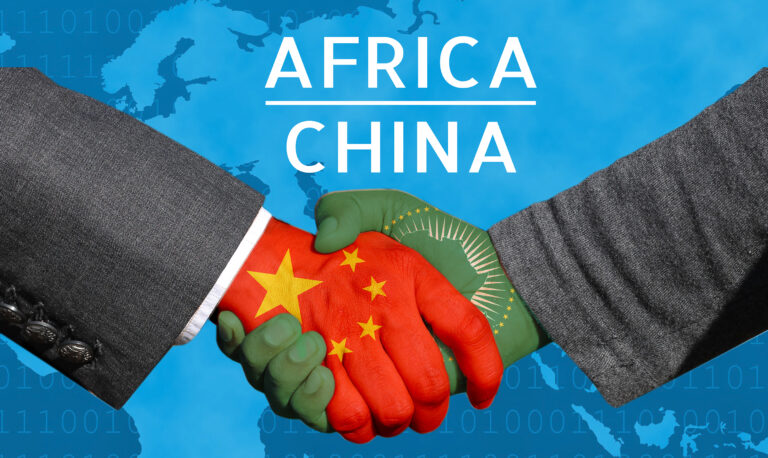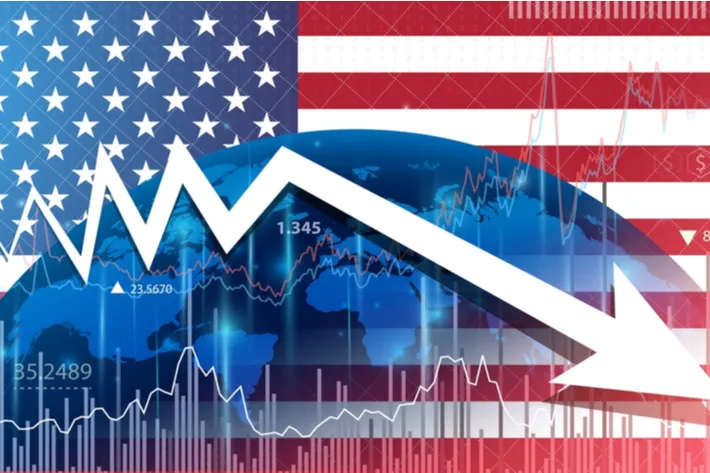The Metaverse Economy from A to Z
Metaverse economy is the latest buzzword trending in the digital space. The idea of the metaverse was first conceived in 1992 through a sci-fi novel called Snow Crash. While it has been around for decades, metaverse has remained incomprehensible to much of the general public and only gained ground in recent days. Now this new phenomenon that allows individuals to access and use virtual reality or immersive augmented and 3D computing technologies is threatening to blur the lines of reality and redefine the way people work, communicate, and interact.
There is a lot of money being poured into the metaverse, leading to the creation of a parallel metaverse economy that involves the exchange of tokenized assets. The metaverse economy is powered by non-fungible tokens – digital records of real physical assets stored in the blockchain. In this article, we give a detailed overview of the metaverse economy, but first, we define what metaverse is.
What is the Metaverse?
The metaverse is an all-encompassing digital world existing parallel to the real world and which allows people to work, meet, play, and interact without leaving their homes. Although it has been around for longer, the practical part of the metaverse is still unknown to many, as the technology behind it is evolving to bring in many aspects of virtual reality.
Metaverse become a household name in October 2021 when Facebook changed its corporate name to Meta and announced plans to invest $10 billion in the next year on technologies that will culminate into the company’s own version of the metaverse.
The metaverse is now positioned to become the next evolution of the internet and will take several forms including online communities, gaming, and business meetings. In this new virtual world, people use avatars to represent themselves, communicate, and build online communities.
The Growth of the Metaverse Economy
The metaverse economy simply refers to real value placed on digital/virtual assets, motivated by the illusion of digital scarcity. As opposed to the real financialized economy, the metaverse economy is an imitation of the real world and does not potent actual scarcity. The value attached to digital assets in the metaverse is only an imaginary phenomenon.
That said, the virtual economy has many similarities to the real-world economy including economic cycles similar to the real economy. However, the fluctuations in the metaverse economy are magnified meaning the highs and lows witnessed in the real-world economy become amplified and exaggerated in the metaverse economy.
In the metaverse, markets are driven more by sentiments than real scarcity and because of this, you can easily bend the fundamental laws of demand and supply, provided you can convince people to believe in them.
Non-Fungible Tokens (NFTs) are the wheels upon which the metaverse bandwagon runs. NFTs are digital versions of real-world assets. They are digital records of ownership of real assets in the real world and they help in the authentication of identity and ownership of property and their holders. Simply put, NFTs are virtual representations of assets in the real world stored in the blockchain.
The virtual assets are stored in a blockchain and secured by a cryptographic key hence they cannot be edited, copied, deleted, or destroyed. The immutable nature of records stored in the blockchain allows the reliable and robust identification of one’s virtual identity and allows legal claims over digital assets. This ecosystem is necessary for the success of a metaverse society as well as the interaction between virtual communities.
The metaverse economy is powered by virtual reality and intelligent technologies like Artificial Intelligence, robotics, 5G communications, blockchain, and Augmented Reality. What can you do in the metaverse? Almost limitless. There is an endless list of things you can do and achieve in the metaverse that mirror events in real life. From leisure and fun activities like exchanging contacts, meeting friends, driving across town, visiting shopping centers, to commercial activities like buying and owning land, to constructing and leasing or selling shopping malls and office spaces.
Key Players in the Metaverse Economy
The metaverse economy has already attracted several players ranging from digital companies dealing in virtual assets to leading brick-and-mortar tech giants that are launching digital assets in the metaverse or even building their own metaverses. Below are key players driving the metaverse economy.
1. Decentraland
Decentraland is a virtual real estate company that allows people to buy or sell virtual plots – called LANDs in the metaverse. The Ethereum-based 3D virtual platform allows users to buy or sell lands/plots, which they can then customize into different settings and configurations like building malls, offices and meeting places, and rental residential homes.
The platform boasts of being the first-ever fully decentralized virtual space where people can immerse themselves in unique experiences. Decentraland users can create, trade, and monetize their virtual real estate properties and digital content.
The MANA cryptocurrency is used as the currency of transactions in Decentraland, allowing users to acquire any form of virtual assets and properties in the form of NFTs. Other tokens used in Decentraland are Estate, and LAND, with each cryptocurrency serving a distinguished purpose in the Decentraland ecosystem.
2. Meta
Formerly called Facebook, the company, in October 2021, announced that it was rebranding to Meta, signaling its focus on the virtual space. The company’s CEO, Mark Zuckerberg, announced the company’s commitment towards “the future of social media” as Meta’s strategic plan to recreate the way people work, play, interact, and shop online.
Facebook’s rebranding and a further announcement of a $10 billion investment in a year in the sector are what helped propel the rather nascent world of metaverse to the limelight. The announcement did not only create massive awareness of 3D experiences but also sparked more interest among individuals and businesses wishing to explore investment opportunities in the digital realm.
Meta has now embarked on developing products and infrastructures to support a fully immersive experience in the virtual world. The company has also invested hugely in developing hardware to support interactions in the metaverse. These include affordable headsets and a robotic ‘skin’ that uses sensors to give feedback to users during interactions in the metaverse – a strong indicator of just how much potential Meta has to offer in the virtual space.
3. Microsoft
Microsoft is also investing heavily in pioneering the next digital revolution, especially with its focus on mixed reality. The tech giant launched HoloLens, its untethered mixed reality headset that helps users solve real business problems using intelligent technologies and apps.
While the concept of industrial metaverses is relatively new, HoloLens has already penetrated several manufacturing and other real-life settings by helping workers to interact virtually.
To further bolster its position in the virtual space, Microsoft recently announced the acquisition of Activision Blizzard in a $70 billion deal. Microsoft CEO Satya Nadella stated that Activision Blizzard was acquired to lead the company’s efforts of building its own metaverse.
4. NVIDIA
NVIDIA is a leading gaming company widely known for producing high-quality graphical processing units. The company has been making waves in the metaverse industry following the launch of its tool that facilitates 3D creations.
The Omniverse is NVIDIA digital tool that enhances communication and productivity among developers by allowing them to collaborate on 3D models. The tool is designed to boost innovative creations by offering a platform for the creation of metaverse-related products.
Already NVIDIA’s Omniverse is being used by many companies to create virtual environments, avatars, digital assets, and buildings among others. With this tool, developers and companies can develop immersive experiences to target specific audiences.
NVIDIA OVX is NVIDIA’s latest product launched to help companies run intricate simulations in the Omniverse. The new tool is used by engineers, developers, and strategists to develop 3D simulations to imitate real environments.
5. Sandbox
The Sandbox Metaverse has been the latest trendy brand in the metaverse space. The company has attracted celebrities like Snoop Dogg who are now creating their own metaverses to connect and interact with their own fans. The artist created his own metaverse called ‘Snoopverse’, which also featured in his recent video ‘House I Built’, in which he took his fans on a tour a virtual tour of his mansion within the Sandbox Metaverse.
Sandbox allows developers to create 3D virtual assets using VoxEdit, an in-game 3D editor. The unique assets created are then listed for sale on the in-game marketplace, which allows creators to monetize their virtual assets.
The metaverse economy is heavily reliant on the real economy
Although the metaverse economy may seem to be in isolation, it is very connected and dependent on the successful function of the real economy. All funding and withdrawals to and from metaverses are connected to the real economy.
Before buying virtual assets in the metaverse, fiat currencies are first converted to virtual currencies, which are then used to acquire property and assets in the digital space. Virtual assets only make economic sense when users can convert them into real money and ‘cash out’ in hand or bank accounts.
Businesses in the metaverse are closely linked to the traditional economy and are an extension of real-world dealings. A slump in the real-world real estate market can cause a drop in ownership of digital assets like virtual spaces as panic selling sets in. This causes many businesses and investors to sell their assets and pull out of the digital space, a move that real estate companies with multiple properties across the metaverse.
The shake-up in the real-world economy causes a knock-on effect on the virtual economy, causing metaverse properties and currencies to drop in value. A shrinking real-world economy causes reduced population, reduced trade, and reduced activity, and finally reflects real-world scenarios.
How Businesses can Benefit from the Metaverse
Initially, metaverse mainly entailed gaming and others forms of online entertainment. The sector has since expanded its horizons by unveiling opportunities for companies to find online solutions that are applicable to real-world challenges. Below are ways through which businesses stand to benefit from this new digital revolution.
1. New ways of Engagement
The metaverse opens news levels and possibilities to create and develop immersive experiences, which businesses can tap into to better engage online communities. Businesses that are pioneering the introduction of metaverse experiences will likely gain an advantage and draw attention as the technology picks up momentum.
There are several ways to represent and showcase your business in the metaverse including virtual goods, branded gaming adventures, and AR/VR showrooms.
2. Opportunities for virtual events
The metaverse allows businesses to host virtual events with better video and immersive experiences compared to conventional tools like Zoom and Google Meet stream. Metaverse offers a full-fledged VR meeting experience, with proper and clear opportunities for networking and participation.
With metaverse, your business can host live shows with leading artists and influencers complete with VR and more immersion, and a better feeling of presence and participation. In particular, the metaverse has countless opportunities for museums and galleries that can easily shift their showrooms into the digital space.
While not necessarily understanding what exactly the metaverse is, we became absorbed with this futuristic technology and the opportunities it might bring to individuals and businesses.
3. Showcase and sell your products
Many eCommerce brands are already using AR to showcase their products and allow customers to have a feel of their products in virtual stores before shopping. This ranges from fashion brands to cosmetics and makeup, furniture, to virtual interior design and makeovers.
Virtual real estate companies can set up stores and showrooms in the metaverse to showcase commercial spaces for renting or buying.
4. Apply innovative forms of advertising
Metaverse is poised to introduce new brand storytelling and advertising approaches to help build brand identity and awareness. Through innovative storytelling, businesses can tell more about their products and values than just relying on slogans.
Storytelling graduates into “storyliving”, where users cease being just passive listeners and become active participants.
5. Process Optimization and Team Collaboration
The new reality of remote teamwork and online meetings is already a living phenomenon. While it was largely imposed on us by the pandemic, the new trend has proved to be as effective as a face-to-face office environment.
With the metaverse, businesses have an opportunity to enhance and optimize their work processes thanks to innovative products and VR workrooms.
6. Easier transactions with e-wallets and cryptocurrency
The metaverse and cryptocurrency complement each other and allow users to fully harness the opportunities and possibilities that come with the digital world. While conversations around blockchain and cryptocurrency have generated divergent views, the new tech and financial revolution seem to promise more good than bad.
To be fully functional, the digital economy needs digital money, which makes online transactions easier and more secure for both users and businesses.
Financial and Asset Security in the Metaverse Economy
With the growing popularity of the metaverse come concerns over security, the impact on social isolation, human interaction, and mental health. There are especially growing concerns over children spending more time online. The lack of clear rules makes the online world an unsafe space for children.
To address these challenges, companies are developing products and solutions that offer children and their caregivers the skills they need to operate in a safe virtual world.
The Future of the Metaverse Economy
The metaverse economy is booming and is projected to reach between $8-13 trillion by 2030. This is according to the latest report by Citibank. According to the report, applications for metaverse experiences were initially confined to leisure and gaming but the phenomenon is quickly making its way into the commercial space and other facets of human life.
Another report says the metaverse will contribute around $3 trillion to the global GDP in the next 10 years. According to this report, the virtual world is expected to 1.7 percent – or $440 billion to Europe’s economy over the next decade.
The Asian continent is poised to be the largest beneficiary of the metaverse economy with the sector expected to be 2.3 percent or $1.04 trillion in the next decade if mass adoption kicks off in 2022.
In Summary
The metaverse world is largely still elusive to many people but the technology is expected to become mainstream as supporting technologies like AI and robotics become widespread and more advanced. Currently, the metaverse economy is still an upcoming phenomenon but this alternate universe is growing and piquing the interest of the public at large. Despite the immense potential and myriad opportunities that come with the metaverse economy, users need to have knowledge and expertise to comfortably navigate and build a sustainable business in the space.
